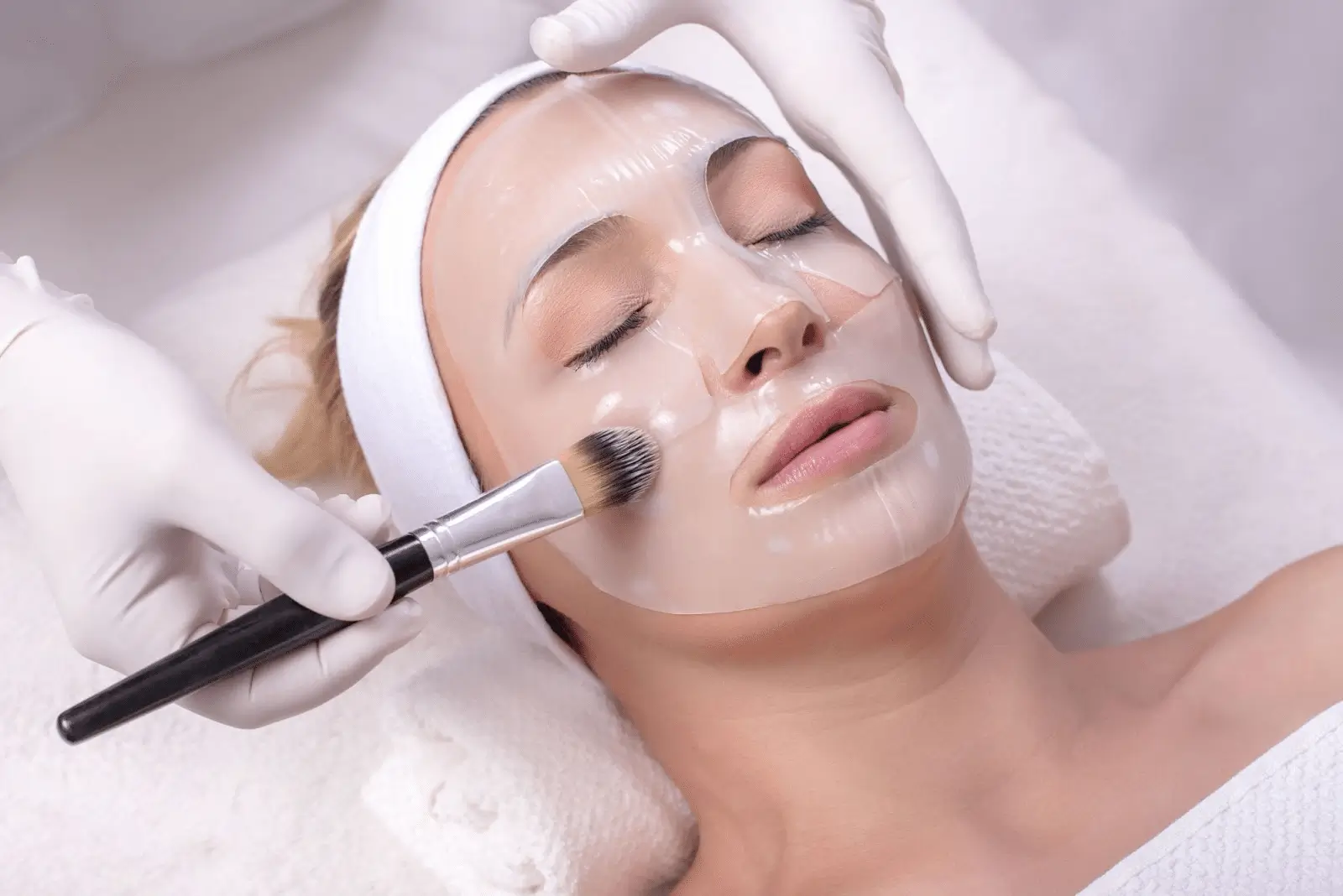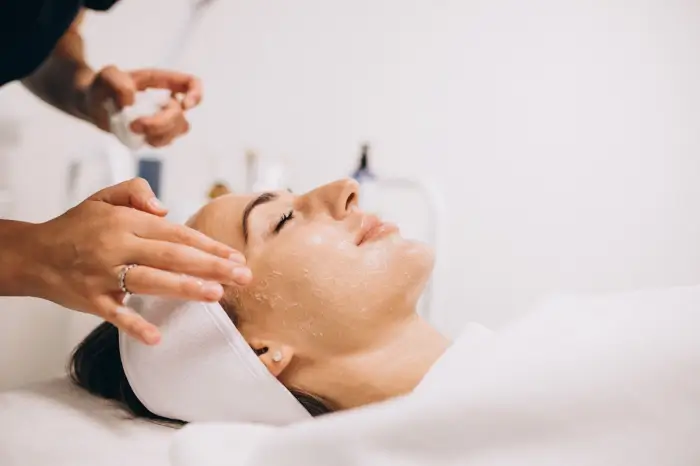
When it comes to non-invasive skin rejuvenation, chemical peels remain a trusted option for improving fine lines, uneven tone, and overall skin texture. PRX-T33 takes this concept a step further. It’s a next-generation bio-revitalizing treatment designed to stimulate collagen and refresh the skin—without the peeling, flaking, or downtime often associated with traditional peels.
Formulated with a combination of 33% trichloroacetic acid (TCA), hydrogen peroxide, and kojic acid, PRX-T33 works below the surface to promote cellular renewal while leaving the outer layer of skin intact. Many patients find it appealing for its ability to deliver visible results with minimal interruption to their daily routine. Still, some sensations—like mild tingling, tightness, or warmth—are normal and part of the skin’s renewal process.
In this article, we’ll walk you through what PRX-T33 treatment involves, including how to prepare, what the session feels like, what happens afterward, and the kind of results you can realistically expect.
Key Takeaways
- PRX-T33 is a non-invasive, no-peel biorevitalizing treatment that combines trichloroacetic acid (TCA), hydrogen peroxide, and kojic acid to stimulate collagen production and rejuvenate the skin with minimal downtime.
- The procedure is structured and efficient, typically lasting 30–45 minutes. It includes cleansing, layered application, dermal stimulation, and the use of soothing post-treatment products—no chemical neutralizer is required.
- Patients may experience mild sensations, such as tingling, warmth, or slight prickling, during the session. These effects are temporary, indicating that the solution is actively working beneath the skin.
- Early results may be visible after one session, including improved texture, hydration, and radiance. However, full benefits emerge after 4 to 6 treatments, especially for concerns like fine lines, laxity, or pigmentation.
- Common treatment areas include the face, neck, hands, and décolletage, though providers may also use PRX-T33 off-label for scars, stretch marks, or areas with skin laxity.
- Most reactions are mild and temporary, including redness, tightness, or dryness. Rare complications—such as post-inflammatory hyperpigmentation or irritation—are preventable with proper technique, patient selection, and aftercare.
- Professional guidance is essential to ensure treatment safety, customize the protocol, and minimize risks. Adhering to pre- and post-care instructions supports better outcomes and a more comfortable experience.
About: Doctor Medica is your trusted supplier of top-quality dermal fillers, viscosupplements, and more for your medical practice. We offer genuine products from leading brands at the lowest prices in the market. If you’re looking to order PRX T33 online for your practice, contact Doctor Medica today.
Step-by-Step PRX-T33 Treatment Procedure Explained

The PRX-T33 procedure is carefully structured to deliver consistent, safe, and noticeable skin rejuvenation while prioritizing patient comfort. Each session follows a precise protocol, enabling providers to tailor the experience to individual skin needs. Here’s what to expect during a typical appointment:
- Cleansing and Preparation: The treatment begins with a thorough cleansing of the skin to remove oils, debris, and makeup. This step is essential for ensuring optimal absorption of the PRX-T33 solution and reducing the chance of irritation or uneven results.
- Application of PRX-T33 Solution: The provider applies the solution using firm massage techniques, one layer at a time. Each layer is fully massaged into the skin before applying the next. The key ingredients (33% trichloroacetic acid (TCA), hydrogen peroxide, and kojic acid) penetrate below the surface to stimulate renewal, without causing visible peeling.
- Layering Process: Typically, 2 to 4 layers are applied, depending on skin type, sensitivity, and treatment goals. More sensitive areas may receive fewer layers, while more resilient skin can tolerate additional applications.
- Observation and Monitoring: Throughout the procedure, the provider monitors the skin’s response to ensure comfort and adjust technique as needed. Mild tingling or warmth is expected and indicates dermal stimulation.
Post-Procedure Guidelines
- Rinse and Soothing Products: Contrary to traditional chemical peels, PRX-T33 does not require chemical neutralization. Once layering is complete, the skin is gently rinsed with water, followed by the application of hydrating and barrier-repair creams to restore comfort and boost hydration.
- Aftercare Guidance: Patients receive clear aftercare instructions, including the use of a daily moisturizer and broad-spectrum sunscreen. Providers may also recommend scheduling a series of sessions for cumulative, long-term benefits.
Each session typically lasts 30 to 45 minutes, making it convenient for even the busiest patients. This structured yet flexible approach enhances both safety and results, helping patients achieve smoother, brighter, and more rejuvenated skin.
Patient Sensations During PRX-T33: Tingling, Warmth, Comfort

Many first-time patients wonder how PRX-T33 treatment feels. Unlike deeper peels that involve discomfort and downtime, PRX-T33 is designed to be minimally invasive and well-tolerated. Here’s a breakdown of the sensations commonly reported during a session:
- Tingling Sensation: A light tingling may be felt as the solution is massaged into the skin. This typically signals that the TCA and hydrogen peroxide are activating below the surface, supporting cell turnover and collagen stimulation.
- Warmth or Gentle Heat: Some patients describe a sensation of warmth as the solution penetrates. This is a normal reaction and usually subsides within minutes as the treatment progresses.
- Mild Burning or Prickling: In some areas, particularly sensitive zones, patients may experience brief prickling or a mild burning feeling. These sensations are short-lived and can be managed by adjusting the number of layers or application speed.
- Overall Comfort: Most patients are surprised at how gentle the treatment feels compared to traditional chemical peels. The absence of visible peeling or prolonged discomfort makes it ideal for people seeking subtle but effective rejuvenation.
- Early Signs of Radiance: Within a few hours, the skin may begin to exhibit a natural glow, giving a first glimpse of the results to come.
It’s worth noting that mild PRX T33 side effects like redness, dryness, or tightness may appear but typically resolve within a day or two. With experienced providers and proper aftercare, these sensations are a normal part of the treatment journey.
Expected Results After One PRX-T33 Session vs Multiple Treatments
After the first PRX-T33 treatment, patients often notice early improvements, including a smoother texture, a refreshed appearance, and enhanced hydration. This initial glow is encouraging but represents only the beginning of the treatment’s cumulative benefits.
For more significant and longer-lasting results, most providers recommend a series of 4 to 6 weekly sessions. More visible improvements—such as increased firmness, more even tone, and a reduction in fine lines—generally emerge after 2 to 3 sessions, with complete remodeling occurring over several weeks to months.
The PRX-T33 results timeline varies depending on the individual’s skin type, goals, and adherence to post-treatment care. Consistency is key to achieving the full potential of this advanced biorevitalizing peel.
Treatment Areas Suitable for PRX-T33: Face, Neck, Hands, Décolletage
PRX-T33 is widely used to treat multiple high-visibility areas affected by aging, sun damage, and environmental stressors:
- Face: Softens fine lines, brightens dull complexion, and boosts hydration.
- Neck: Addresses laxity and textural irregularities.
- Hands: Revitalizes thin, sun-damaged skin prone to dryness and pigmentation.
- Décolletage: Improves signs of photoaging and enhances elasticity.
In addition to these common treatment zones, PRX-T33 is sometimes used off-label for areas like the abdomen, stretch marks, or scars, depending on provider expertise and patient suitability. Combining treatment areas can deliver balanced, full-face rejuvenation with natural-looking results.
Conclusion
PRX-T33 treatment offers a powerful yet gentle solution for those seeking skin rejuvenation without major downtime. From the step-by-step application to the expected sensations and gradual results, understanding the process helps patients make informed decisions and enjoy a smoother treatment experience.
While most effects are mild and temporary, being aware of possible reactions and working with a trained provider guarantees safety, comfort, and optimal outcomes. With consistent care, patients can achieve clearer, firmer, and more radiant skin through this innovative approach to dermal renewal.
FAQs
1. How long does a PRX-T33 session take?
Most treatments last 30 to 45 minutes, depending on the number of areas treated.
2. How soon will I see results from PRX-T33 treatment?
Many patients notice a subtle glow and smoothness within hours, with more significant improvements developing after 2 to 3 sessions.
3. Is there downtime after PRX-T33?
There is typically no significant downtime. Mild redness, dryness, or tightness may occur but usually resolves within 1–2 days.
4. How many PRX-T33 sessions are needed for the best results?
A series of 4 to 6 weekly treatments is recommended for visible and long-lasting improvements in tone, texture, and firmness.
References
Fanning J, Jacob C, Diaz I, Ibrahim O. Treatment of mild‐to‐moderate facial cutaneous aging using a combination peel containing 6% trichloroacetic acid and 12% lactic acid. Journal of Cosmetic Dermatology. 2023;22(11):3033-3041. doi:10.1111/jocd.15814
Pakla-Misiur A, Grochowiec M, Lesiak A, Bednarski I. Double-blind, randomized controlled trial comparing the use of microneedling alone vs chemical peeling alone vs a combination of microneedling and chemical peeling in the treatment of atrophic post-acne scars. An assessment of clinical effectiveness and patients’ quality-of-life. Advances in Dermatology and Allergology. 2021;38(4):629-635. doi:10.5114/ada.2021.108913
Related Articles
Joanna Carr
Remicade Crohn’s Disease – Is It a Viable Treatment?
Discover how Remicade works in treating Crohn's disease. Review its clinical effectiveness, potential side effects, and role in long-term management o...
Joanna Carr
Orencia Drug Classification – Understanding Orencia’s Role in Treatment
Understand Orencia's drug classification and its role in treating autoimmune diseases. Learn how this biologic DMARD targets specific pathways to modu...
Joanna Carr
Nucleofill Before and After with Photo Examples
Nucleofill is a revolutionary treatment that can significantly improve skin quality, hydration, and overall facial appearance.


